- Home
- Destinations
- Kenya
- Kenyan Beach
Overview
Climate
The landscapes in Kenya are diverse and range from coastlines, to savannas, to snow-capped mountains. The climate in each region is unique, making it difficult to generalise.
The climate on the coast is tropical with high temperatures and high humidity.
Across the country, the monsoon winds influence the weather. Along the coast, it helps to lower temperatures. The ocean temperature stays warm all year round, ranging from 23 – 27°C (73 – 80°F).
The rainy seasons are also influenced by the winds. The rainy seasons are from April to June and again from November to December, while December to March and July to October is known to be dry, with July to October being the coolest.
Getting There
Kenya has three international airports; Jomo Kenyatta International Airport in Nairobi, Moi International Airport in Mombasa and Eldoret International Airport in Eldoret. These airports service numerous international carriers including the national airline, Kenya Airways.
Kenya has good connections to destinations throughout Europe, the Asia-Pacific region, USA and Africa. From Nairobi or Mombasa flights can be arranged to Manda Airport in Lamu. Malindi Airport has daily flights to and from Nairobi, and Lamu. Watamu is a 30 minutes’ road transfer from the airport in Malindi.
Ideal Destination For
- Beach
- Food & Wine
- Multi Gen.
- Wellness
Points of Interest
- Lamu Archipelago
-
Along the northern coast of Kenya between the towns of Lamu and Kiunga are the evocative islands of the Lamu Archipelago, with their medieval stone towns, charming architecture, narrow streets and delicious local cuisine. The largest of the islands are Pate, Manda and Lamu Island, and the smaller islands include Kiwayu and Manda Toto. The islands offer idyllic beaches, traditional villages, ruins and the pleasure of sailing around on a dhow. The largest town in the archipelago is Lamu Town. Its Old town, a UNESCO World Heritage Site, is the oldest and best-preserved Swahili settlement in East Africa. Built from coral stone and mangrove timber, Lamu Old Town is characterised by the simplicity of structural forms which have been enriched by such features as inner courtyards, verandas and elaborately carved wooden doors.
- Malindi
-
Located north of Mombasa, this small town is at the centre of a strip of idyllic tropical beaches with world class resorts. As much of the coast is sheltered by reefs, the calm inshore waters make an ideal place to go snorkelling and exploring the Malindi Marine National Park with its turtles and colourful fish. For divers, the other side of the reef offers opportunities to view whale sharks, dolphins and swordfish.
The town also has a rich trading history and is a melting pot of local cultures and cuisines. Enjoy a wander through the atmospheric old town to uncover some Swahili history and culture dating back to the 12th century.
- Watamu
-
Watamu is a small town 20 kilometres or so south of Malindi. The name translates into "sweet people". It lies between Watamu Bay to the north and Blue Lagoon to the south. The stunning Turtle Bay extends south from Blue Lagoon where it meets Mida Creek. Watamu town itself has grown from a small coastal village into a small ramshackle settlement of huts and buildings. The town has an accelerating growth rate due to the popularity of the area as a great holiday destination, with a growing economy and population.


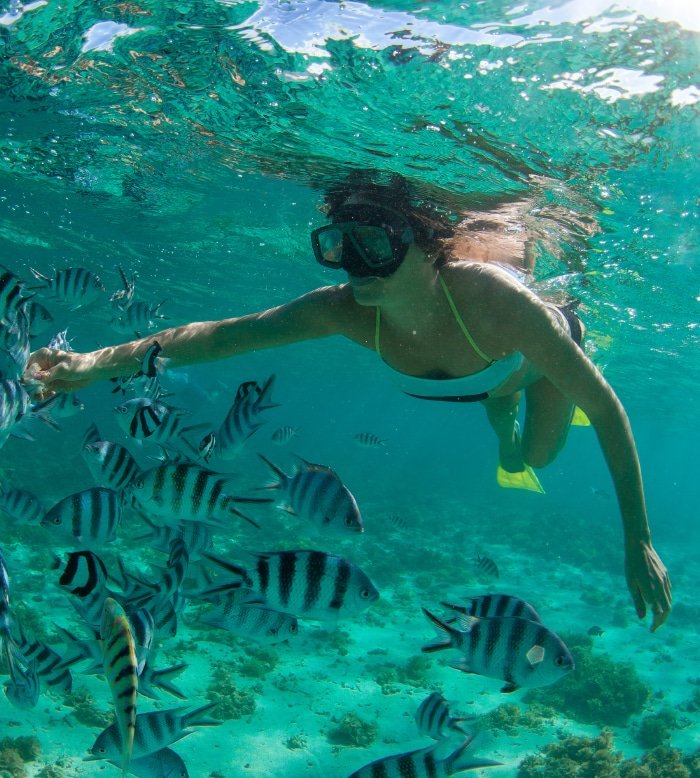

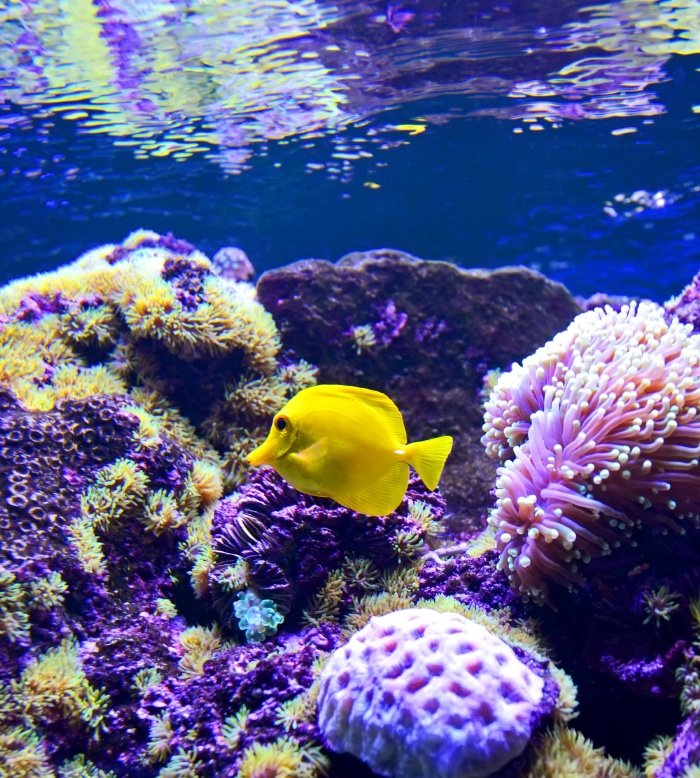
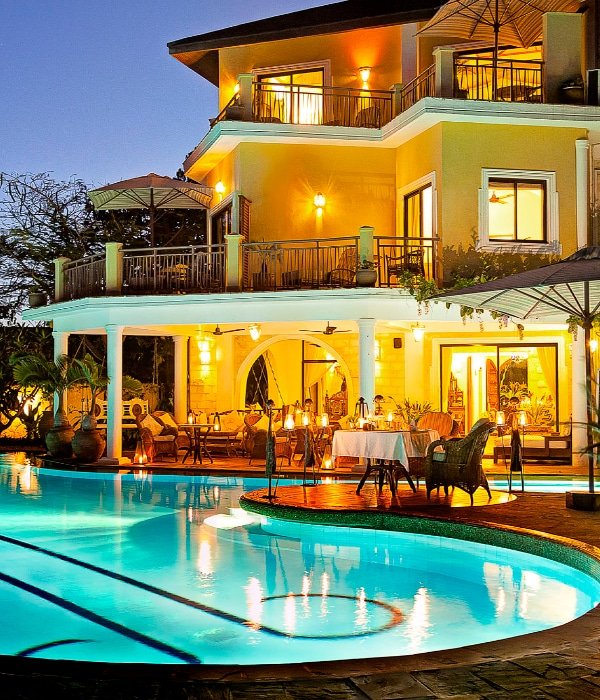

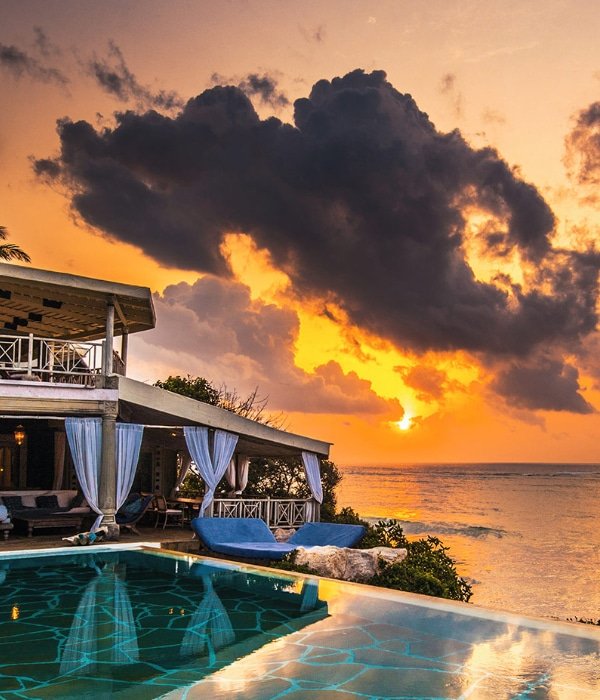

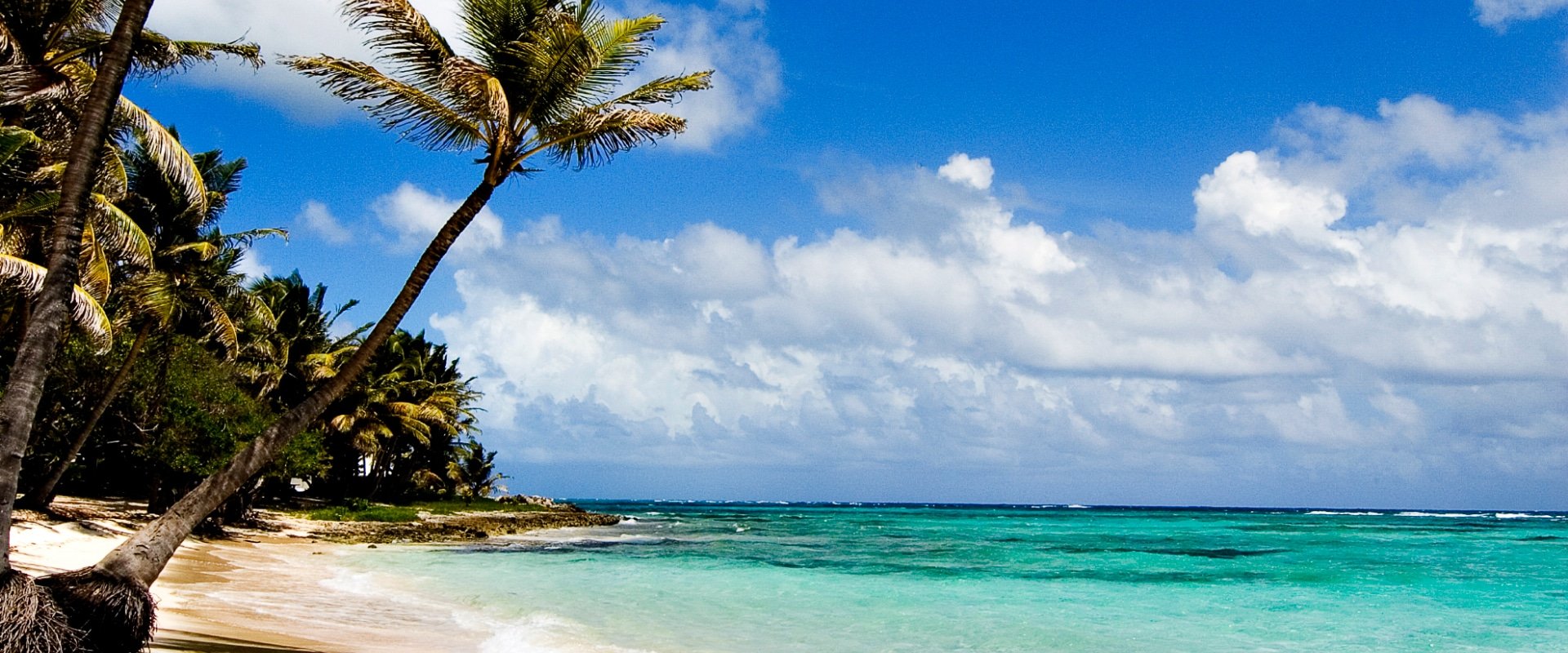

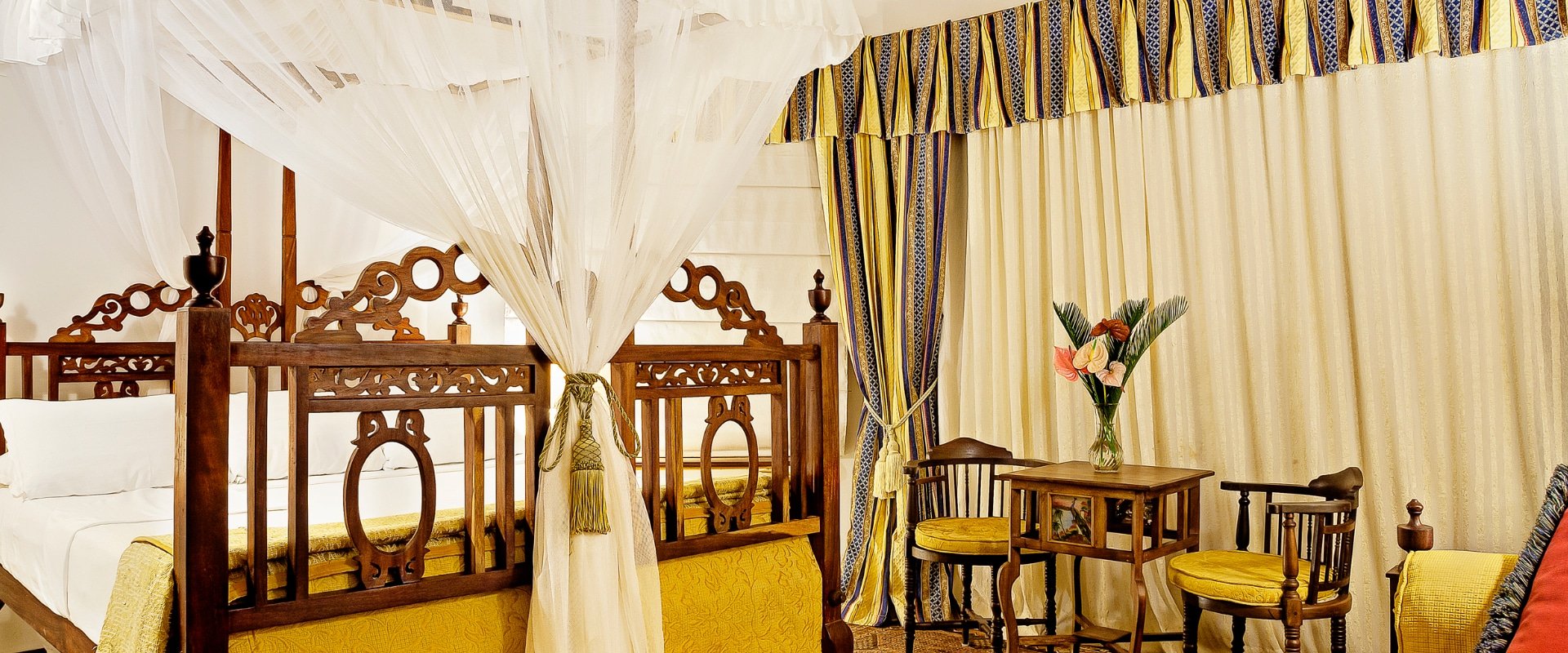
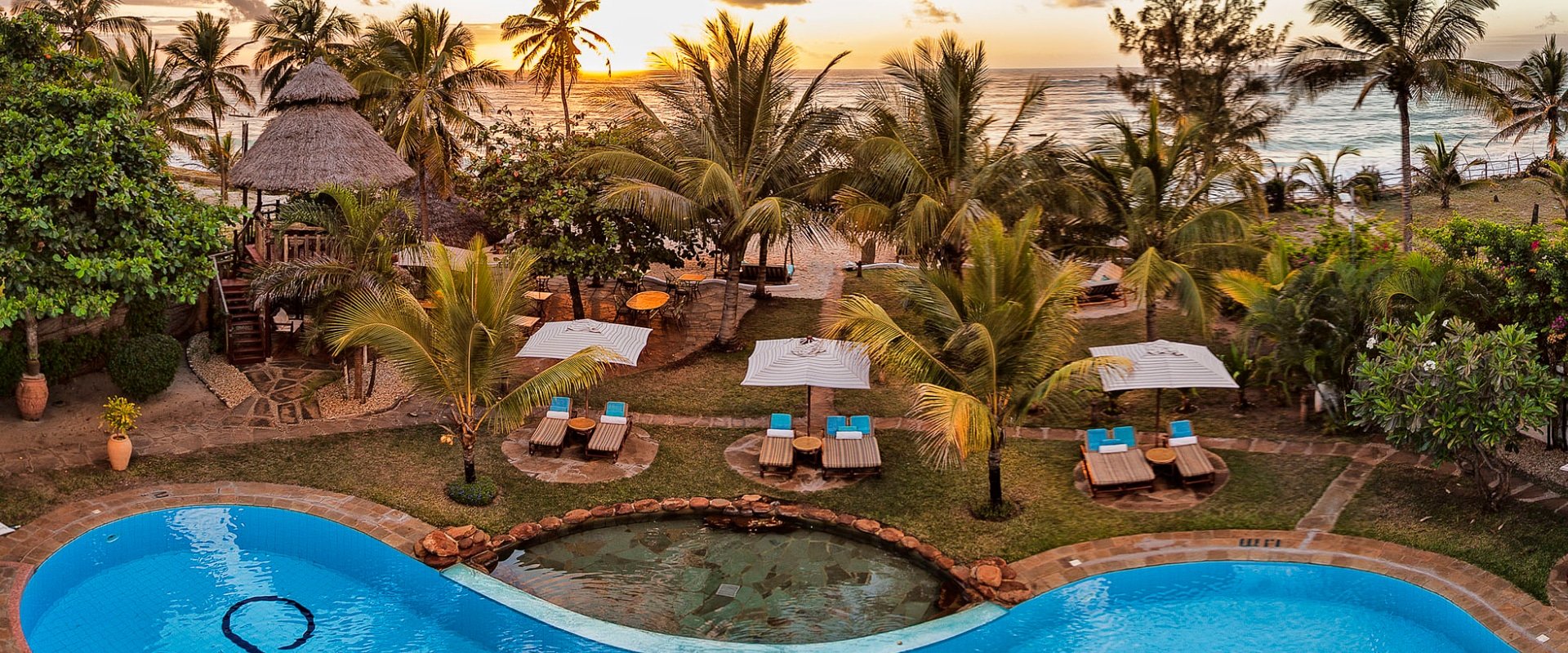
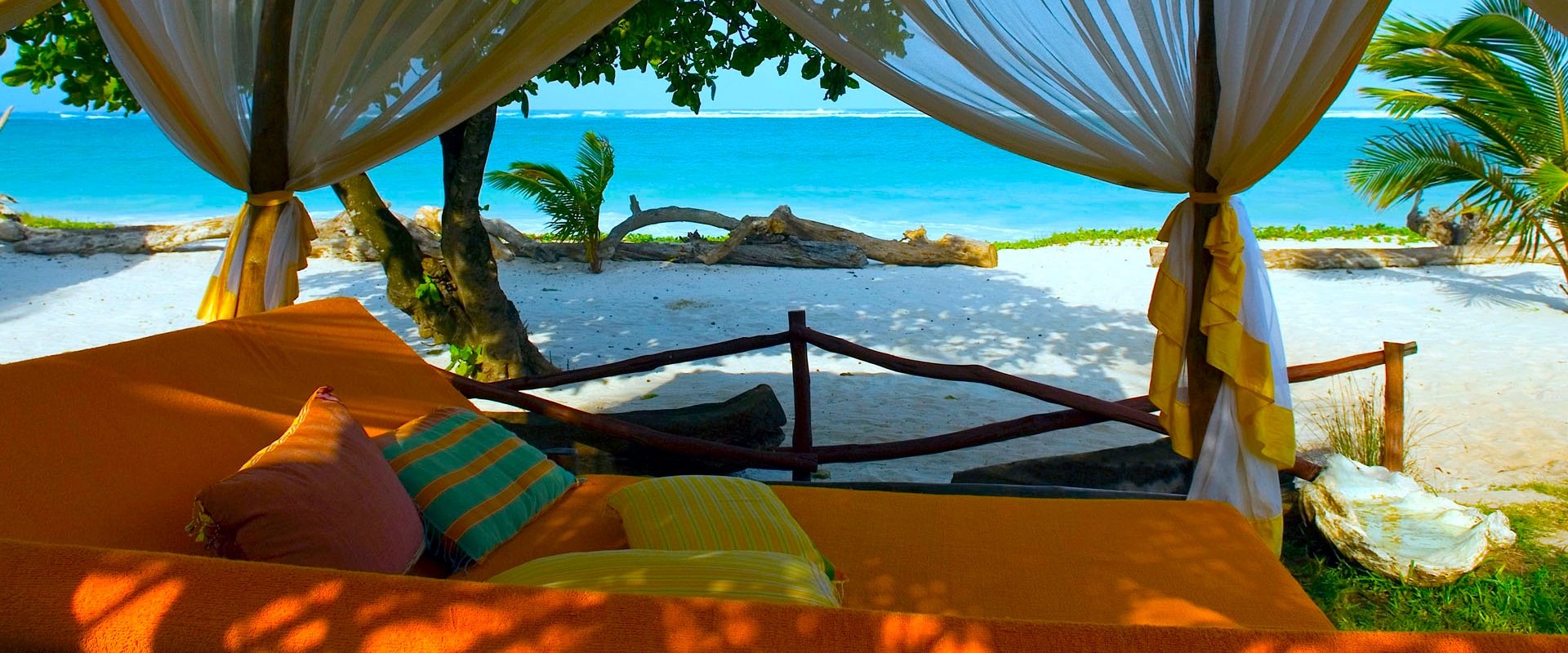
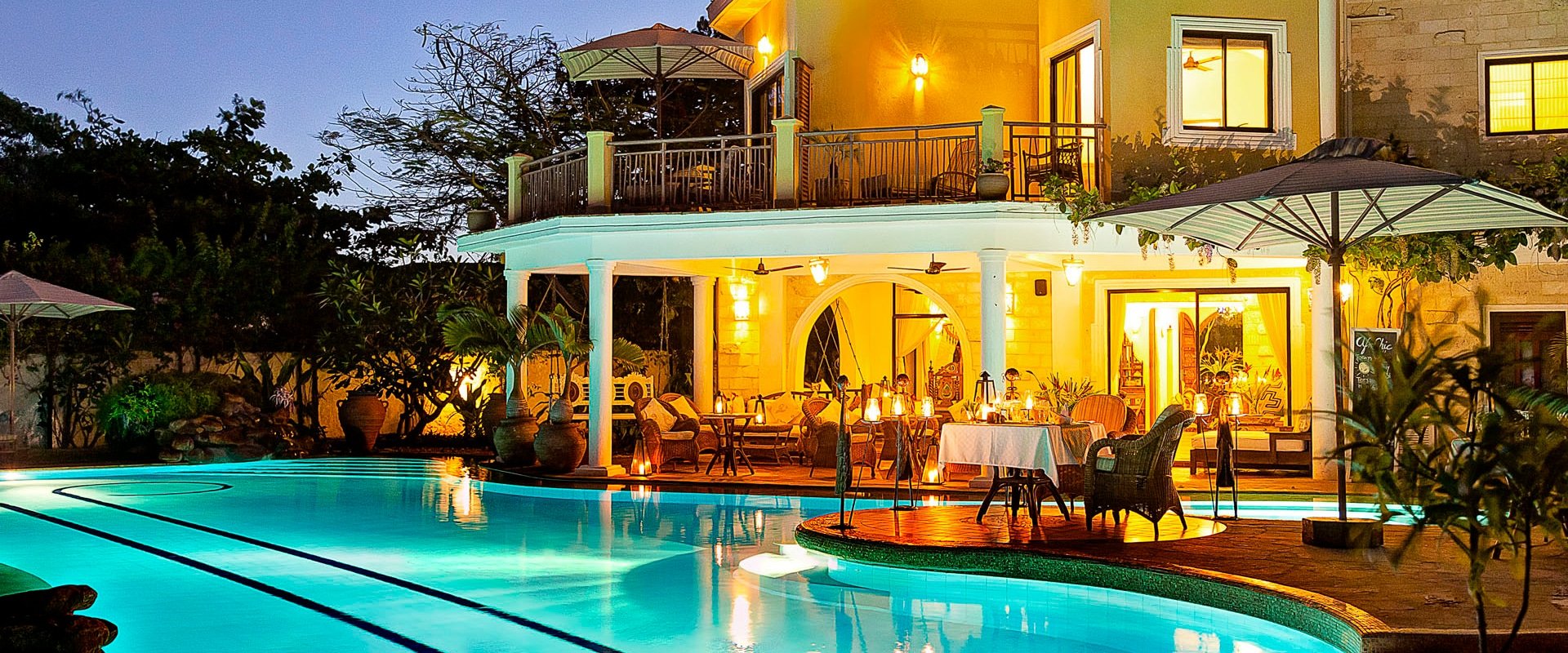

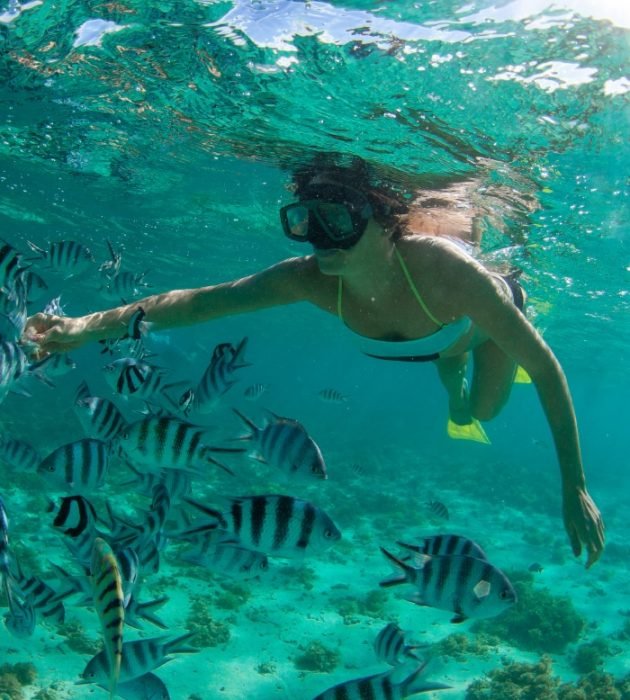
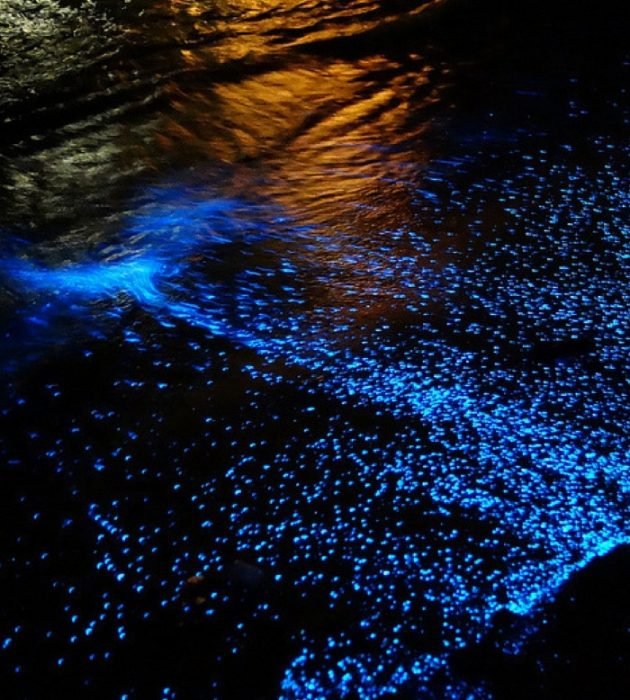
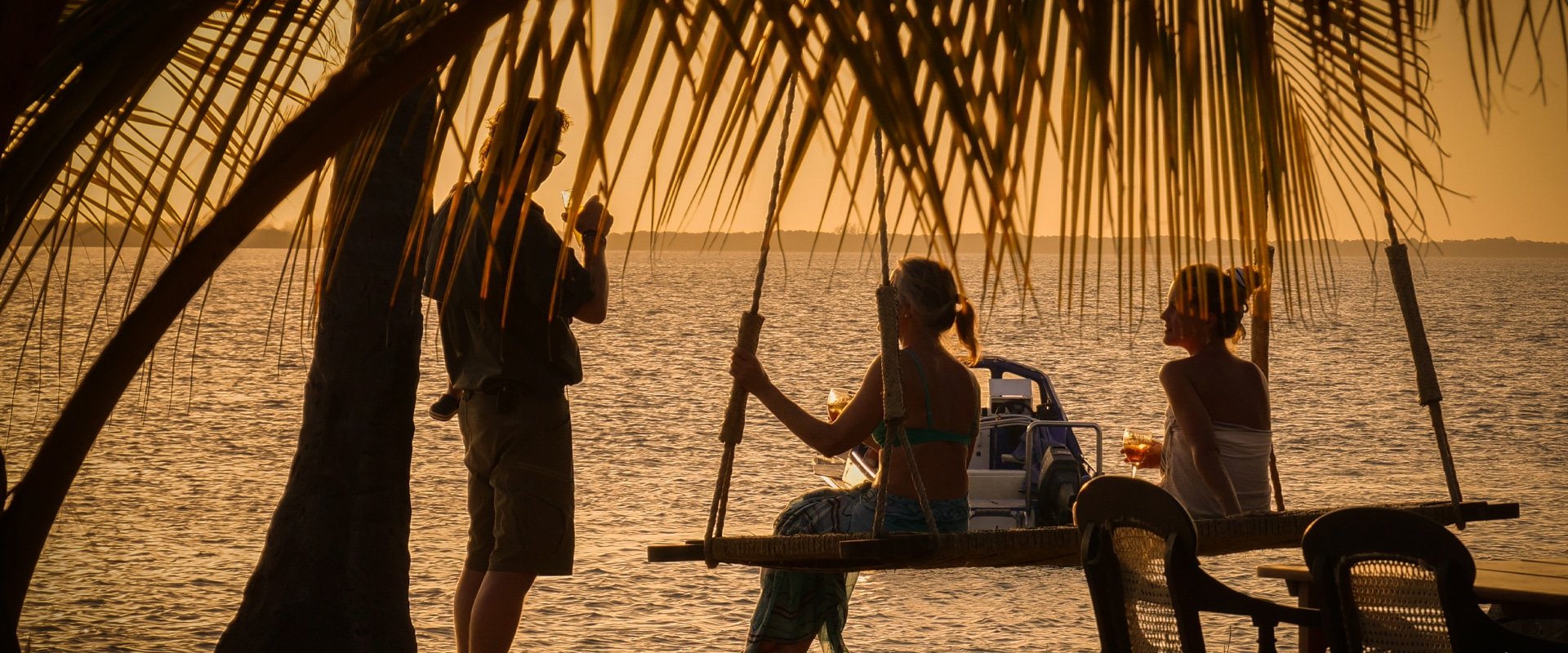
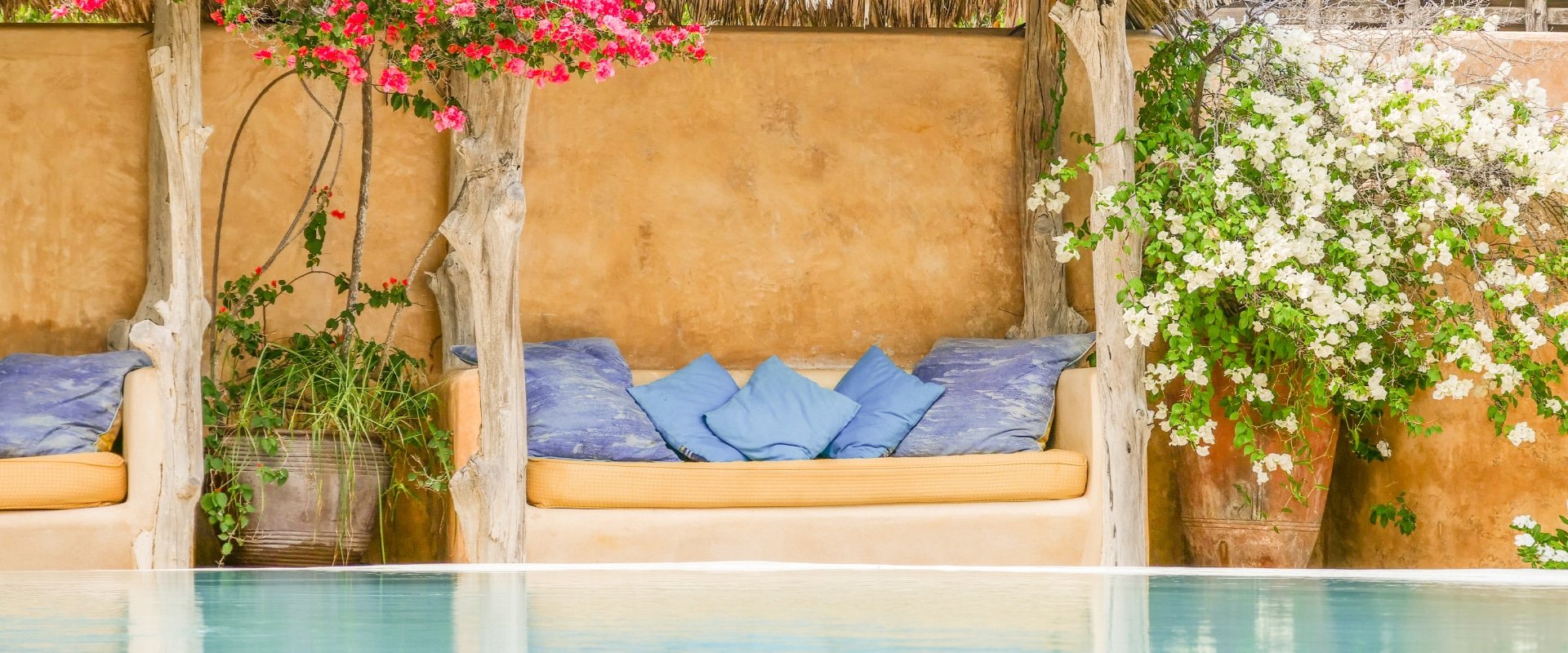

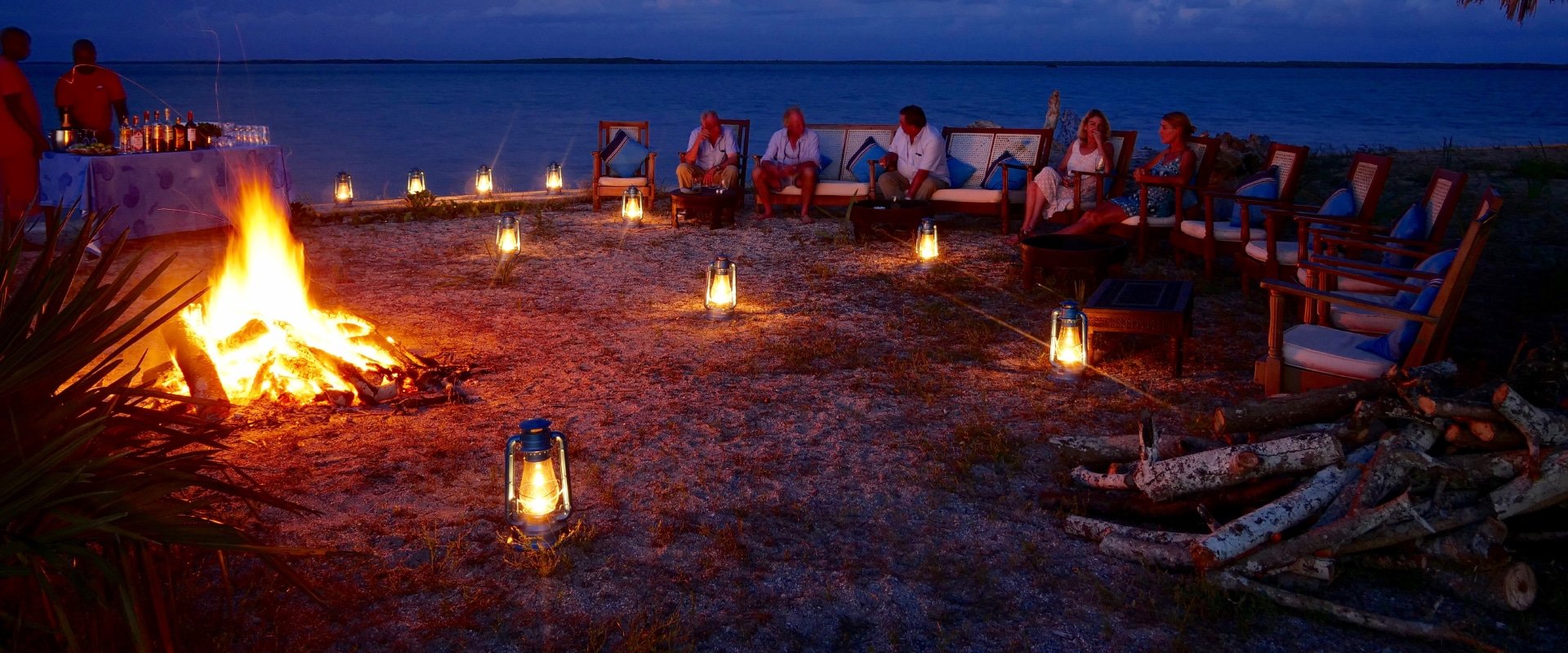
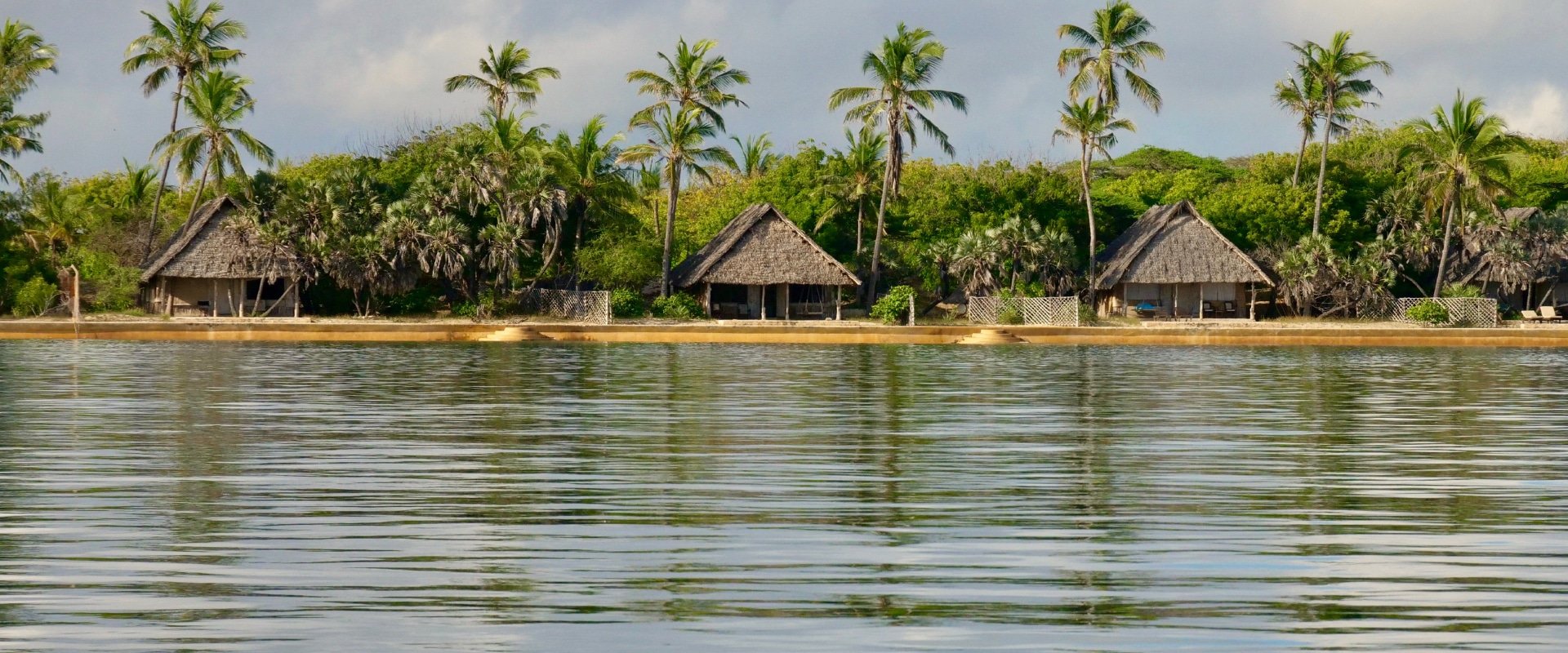
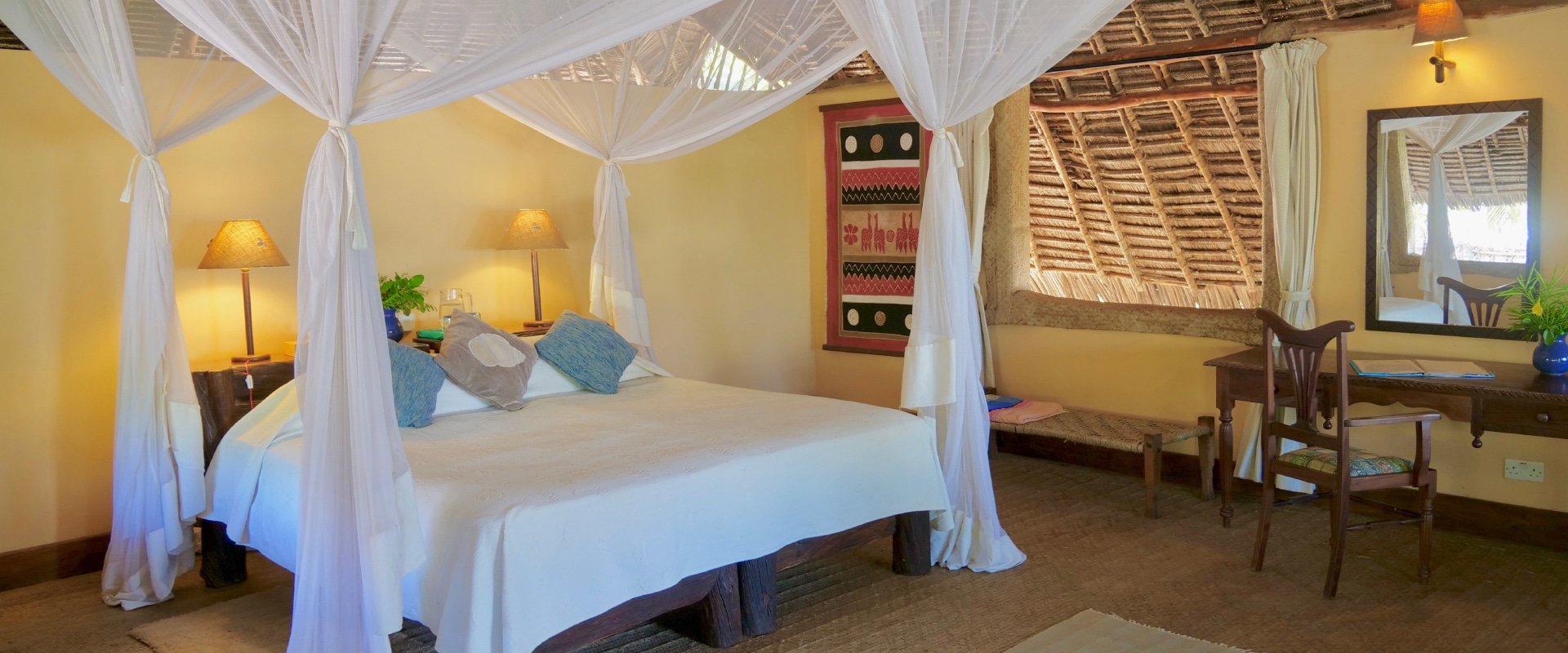

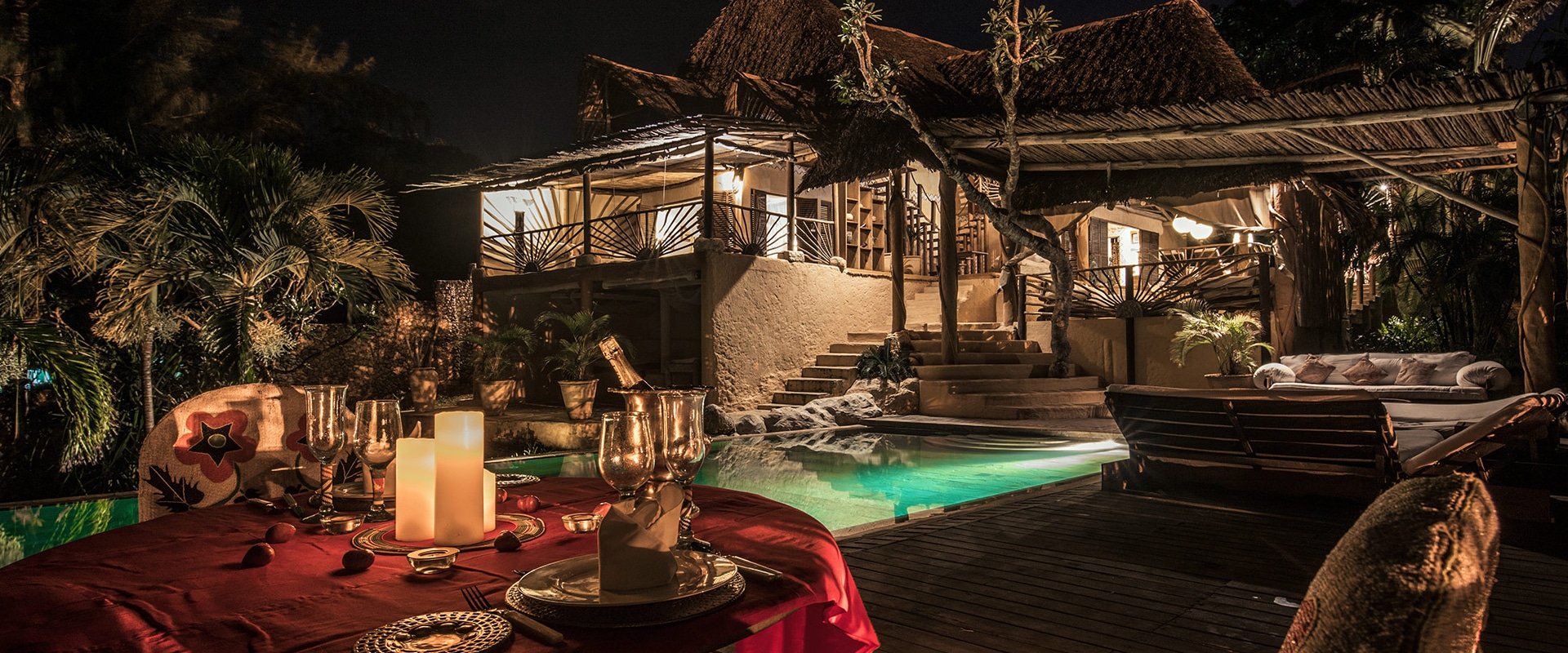
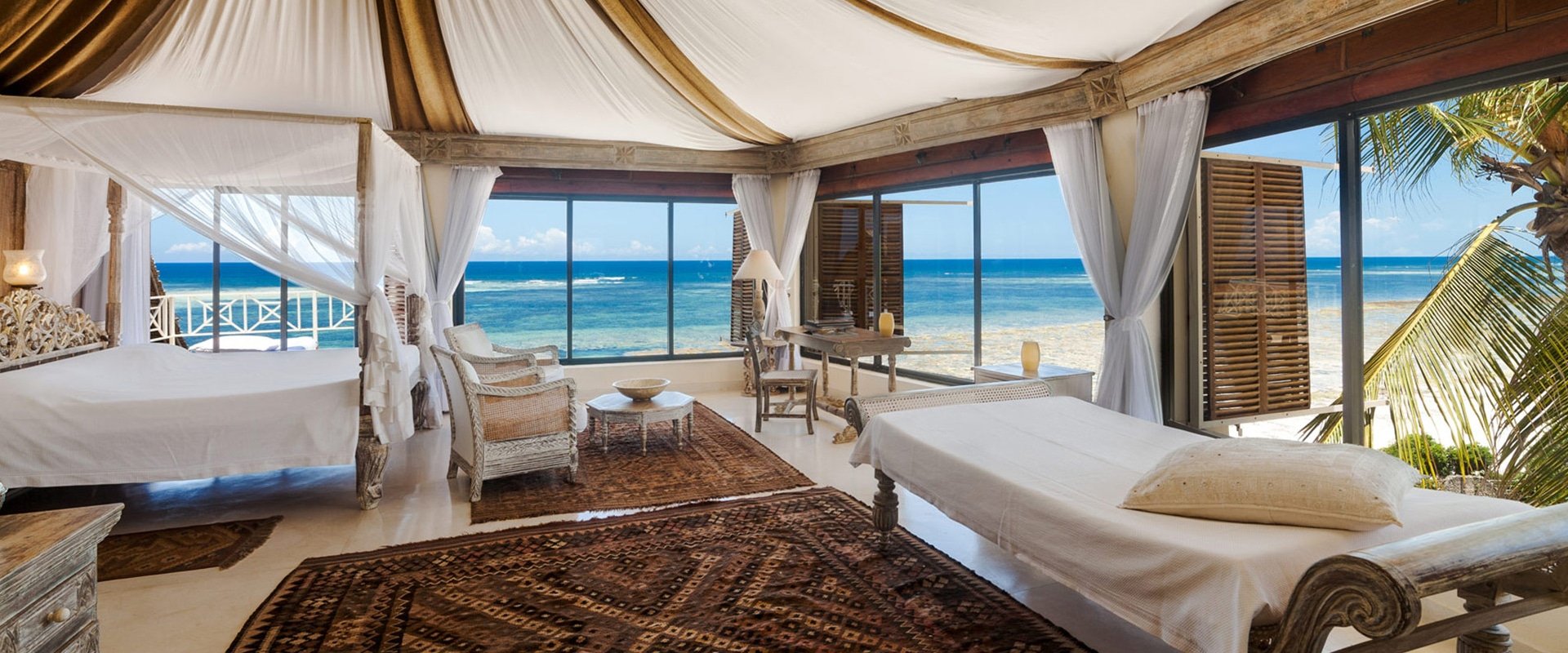
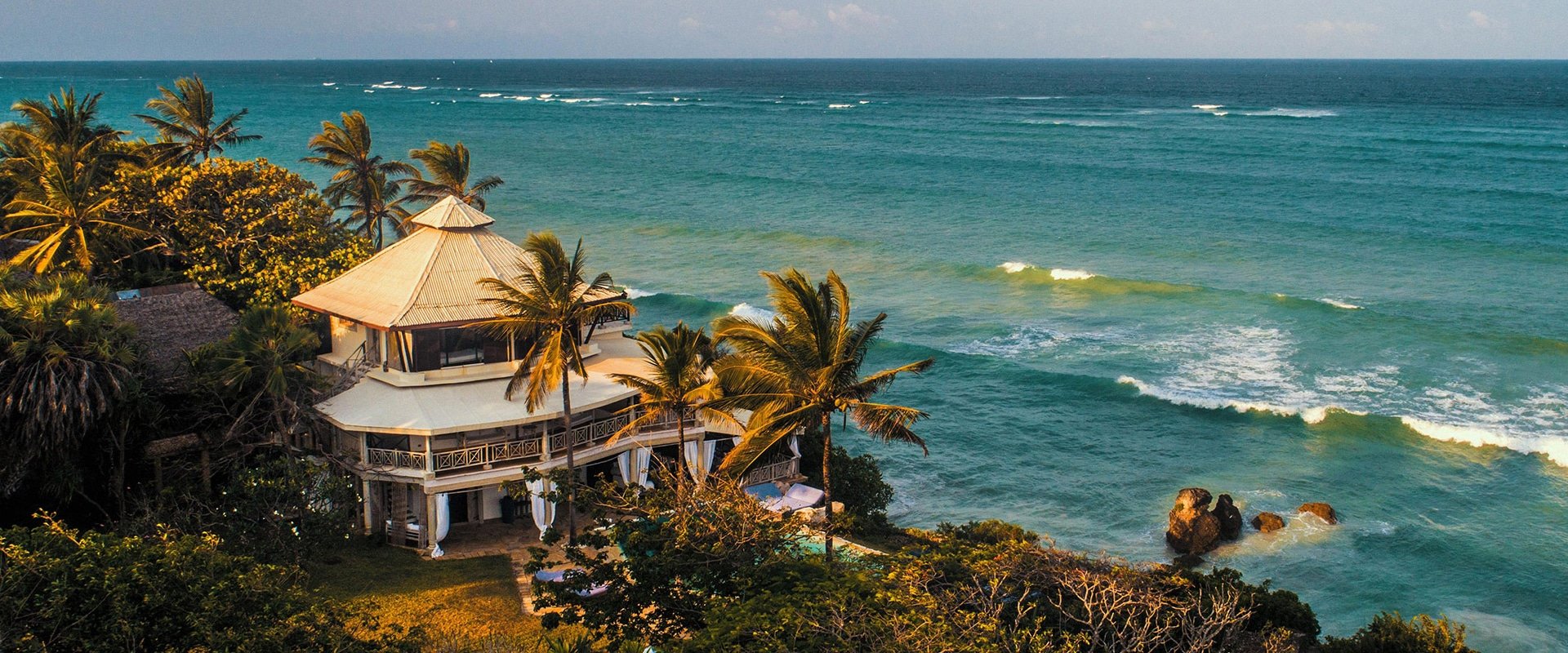
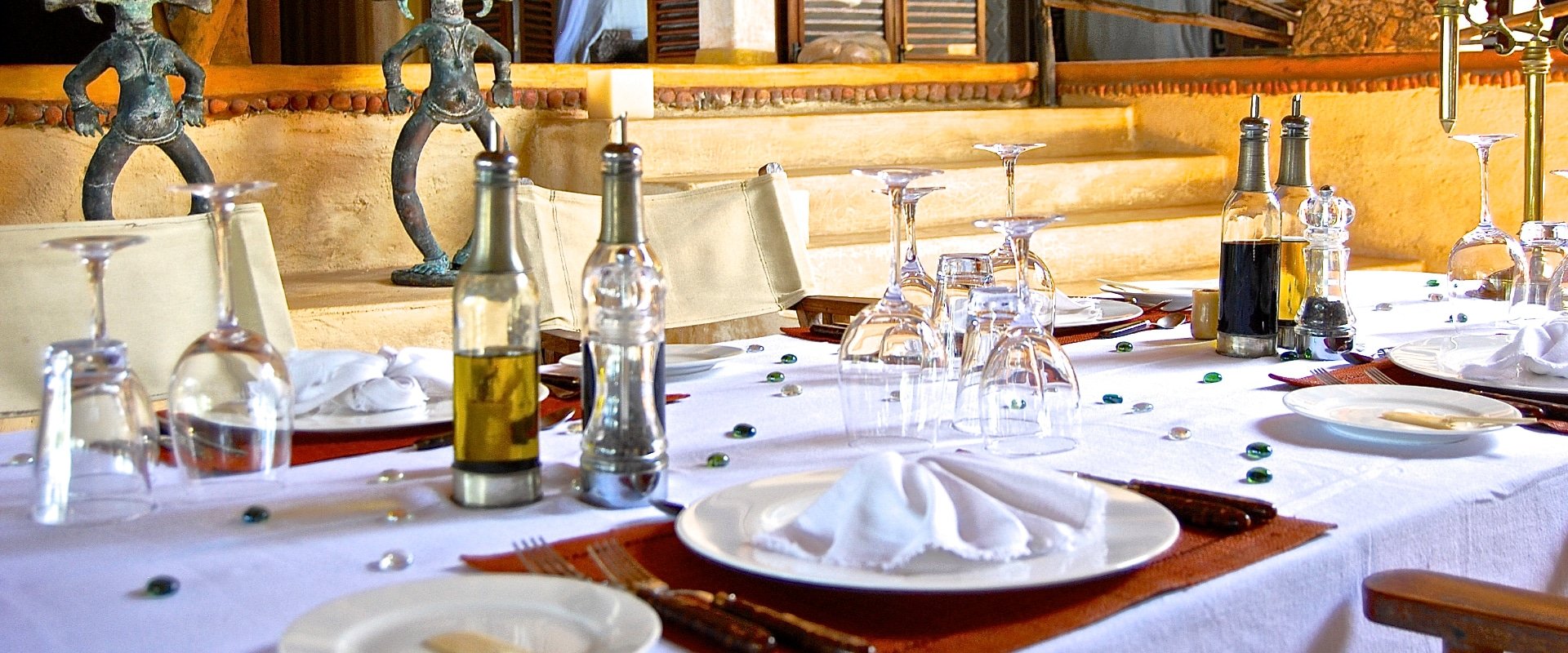
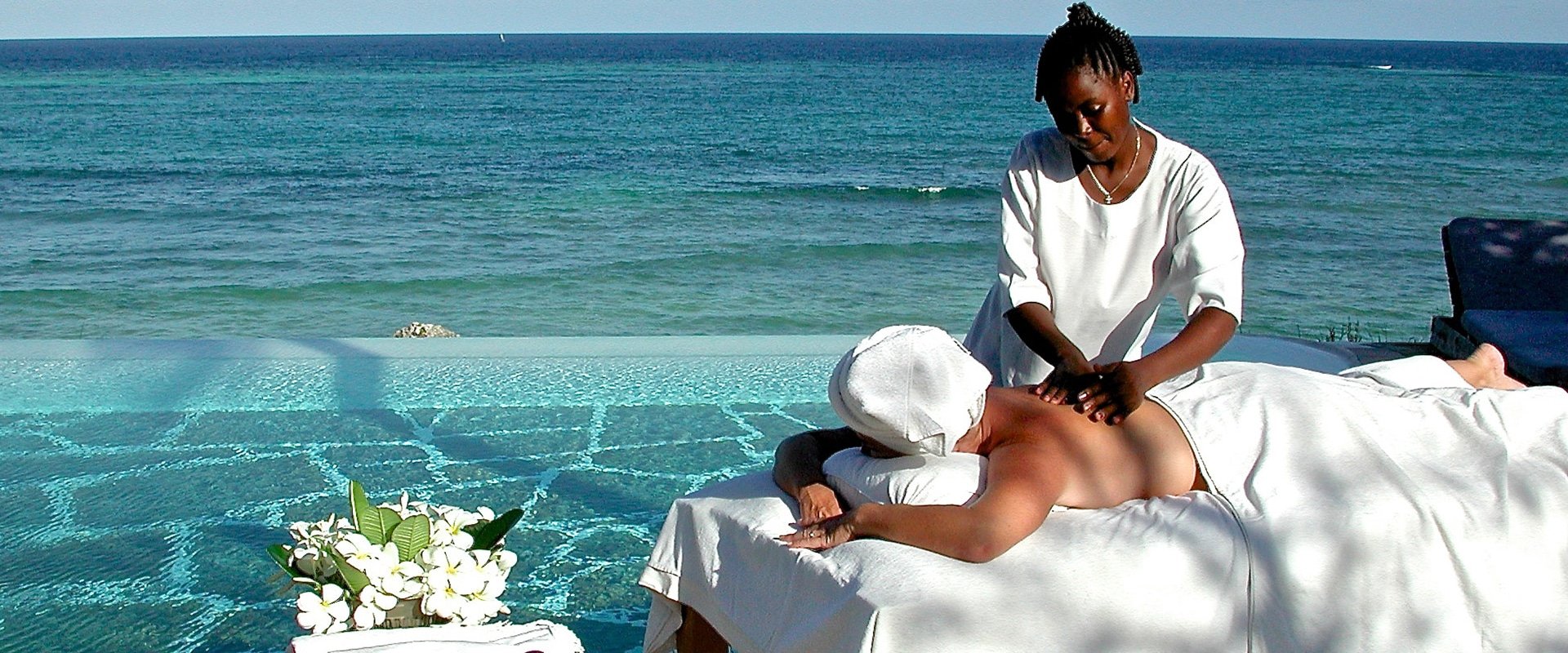
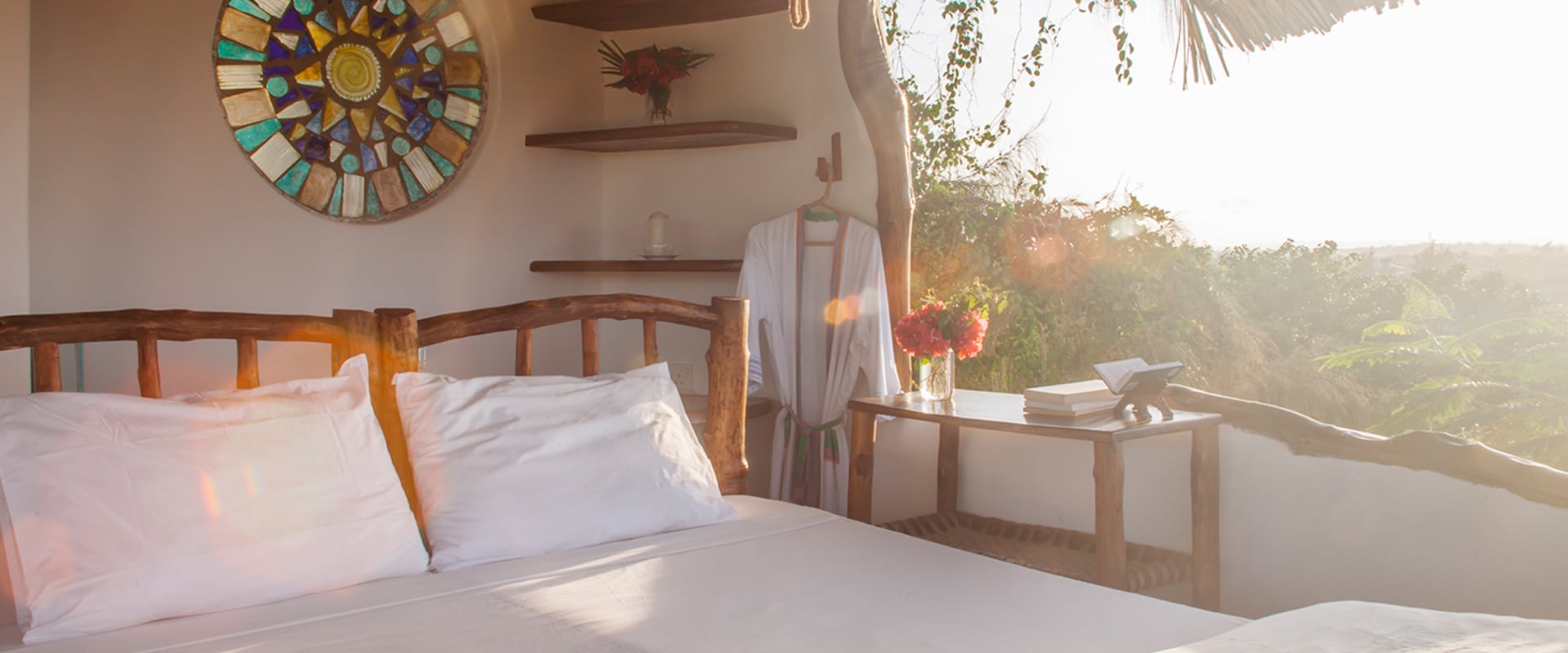
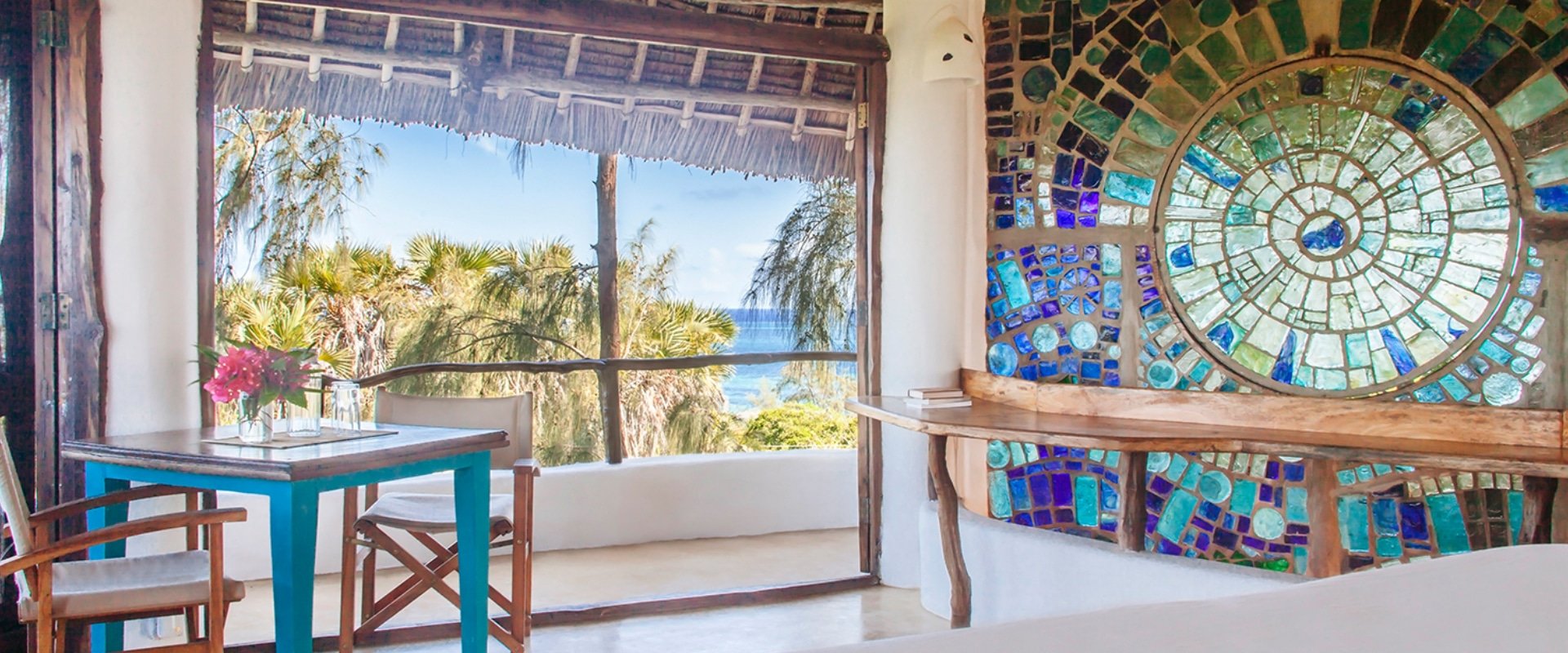
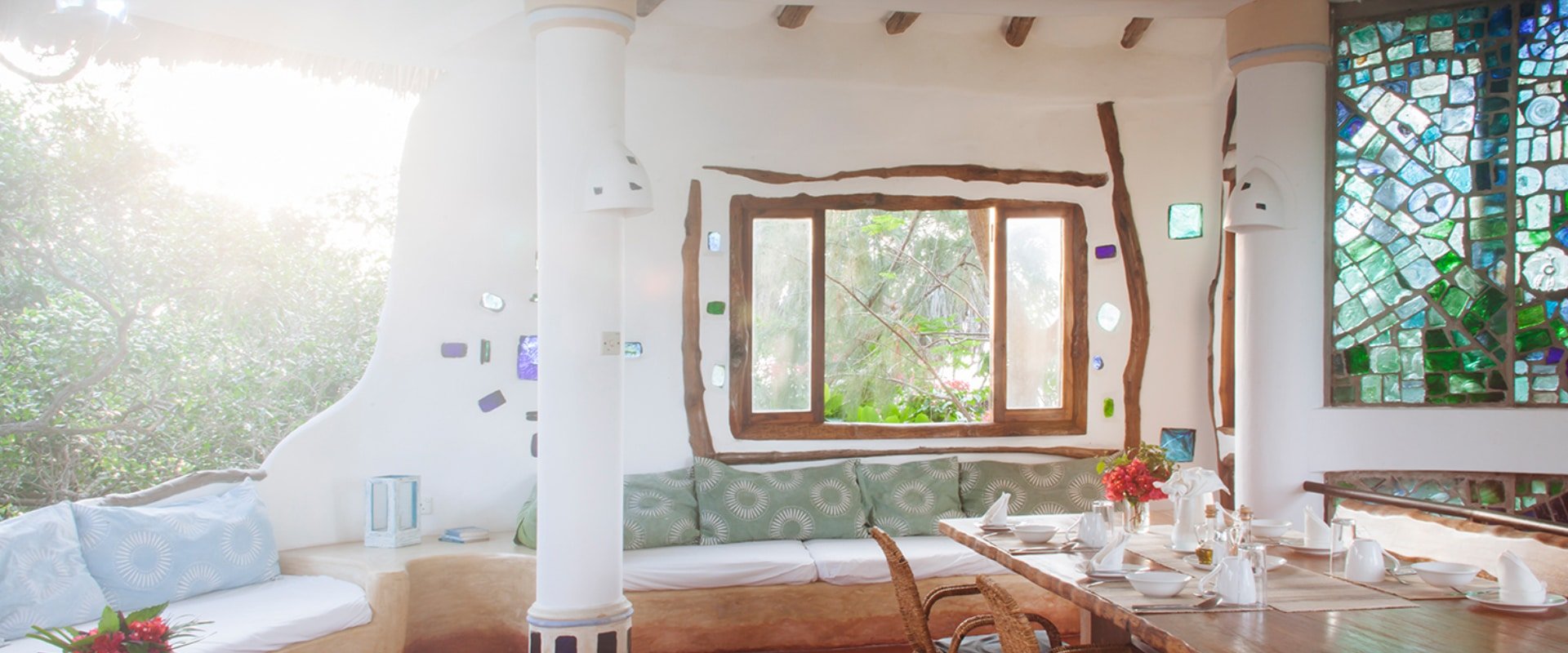
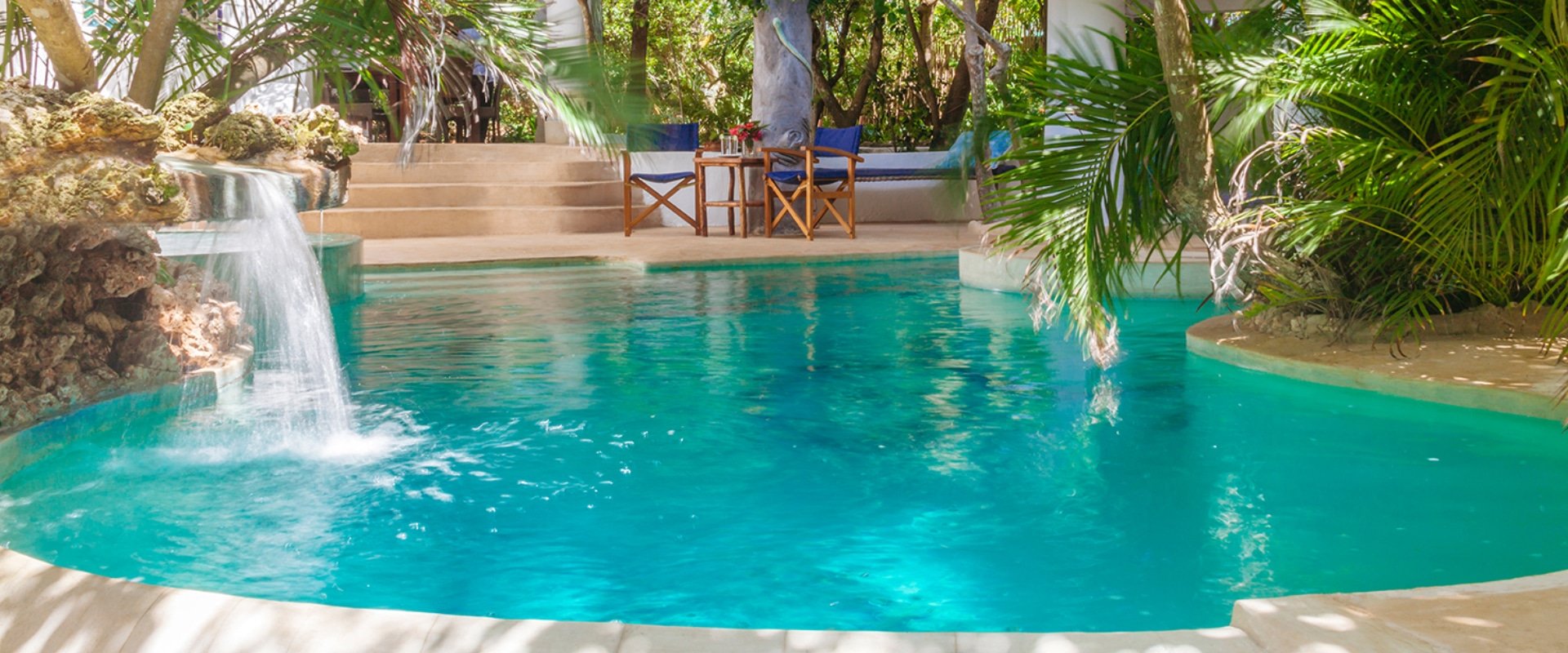
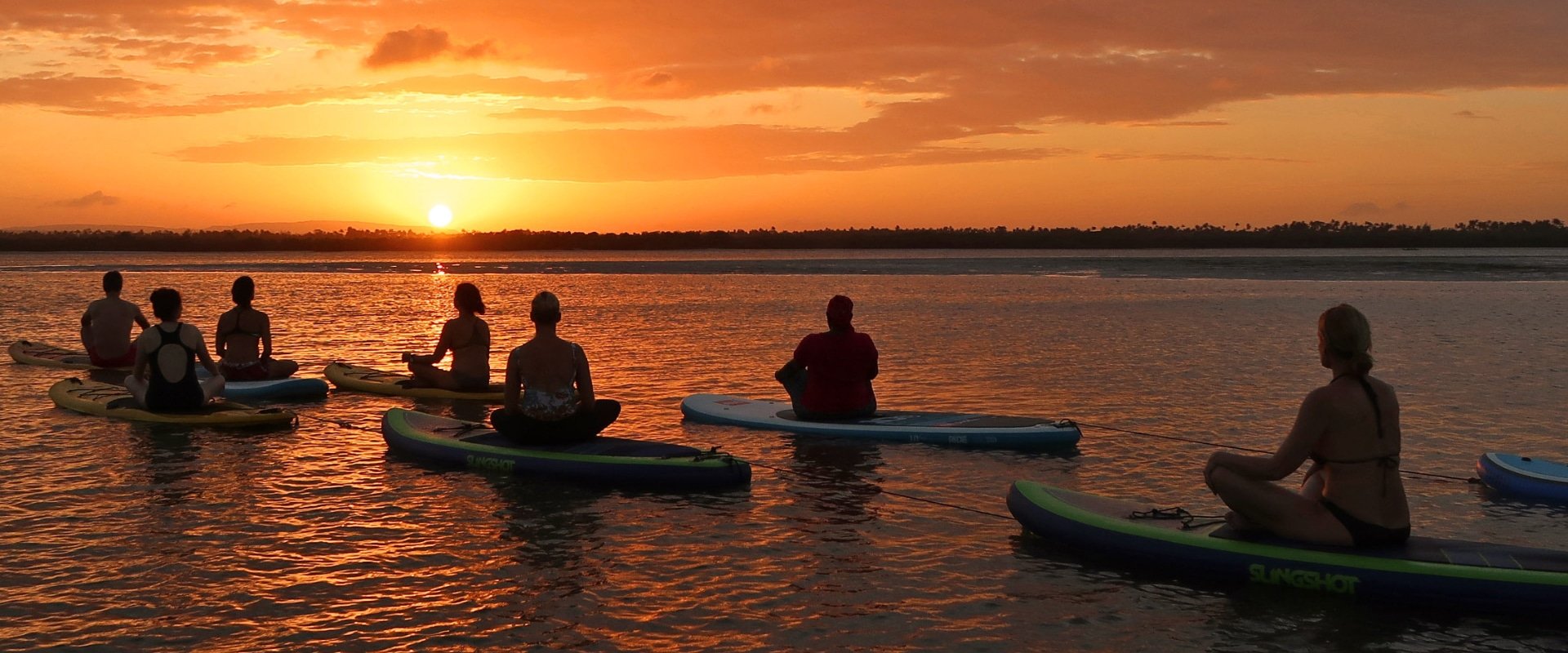
A perfect extension to a safari holiday, the palm-fringed beaches on the coast of Kenya offers a relaxed atmosphere, cultural village visits and historic and natural attractions to visit. The coastline boasts with miles of pristine, sandy beaches offering clear and warm tropical waters. Spectacular coral reefs and the marine life, some of which form part of Marine Protection Areas, make the coastal destinations popular for waters ports, such as scuba-diving, snorkelling, swimming and kitesurfing.